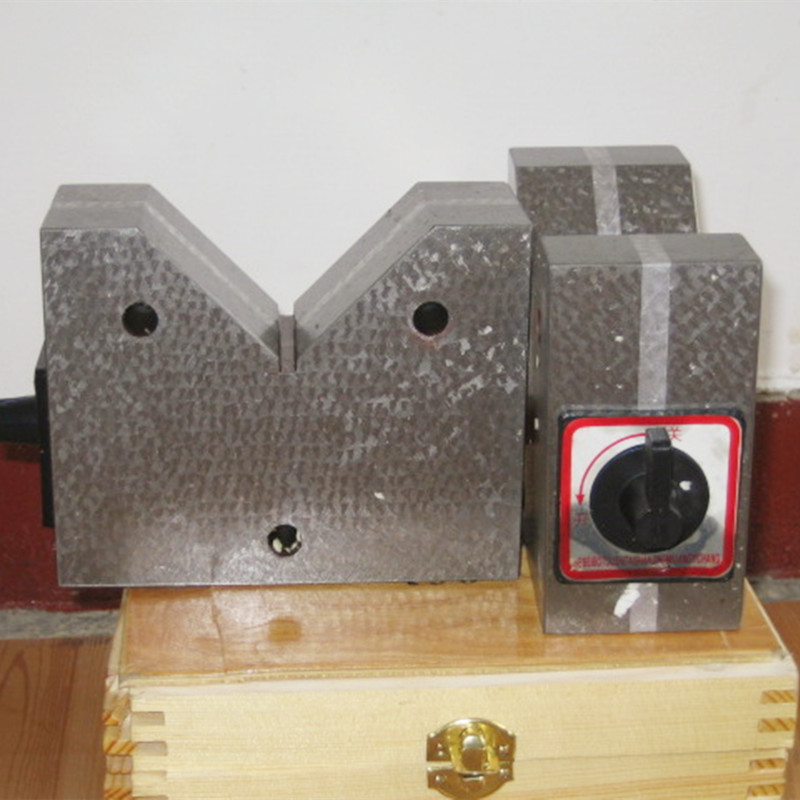12 月 . 04, 2024 16:36 Back to list
How to Use a Dial Bore Gauge for Precision Measurements
Understanding Dial Bore Gauge Instructions A Comprehensive Guide
The dial bore gauge is an essential tool in precision engineering, allowing technicians and machinists to measure the internal diameter of various cylindrical parts accurately. This instrument aids in quality control, ensuring that bore sizes conform to specified tolerances. Here, we will delve into the functionalities, usage instructions, calibration methods, and best practices for operating a dial bore gauge.
What is a Dial Bore Gauge?
A dial bore gauge consists of a measuring head with a dial indicator mounted on it, paired with a set of rods which can extend to measure the internal dimensions of a bore. The dial gauge shows the exact reading of how far the measuring head has extended within the bore, indicating whether the size meets the required specification.
Preparing for Measurement
1. Gather the Necessary Tools Before starting, ensure you have your dial bore gauge, measuring rods, a calibration block, and a clean cloth for maintenance. Additionally, make sure to have a notepad or a digital device for recording measurements.
2. Inspect the Gauge Check the gauge for any signs of wear or damage. Ensure that the dial indicator is functional, with no scratches on the glass face and the needle moving freely.
3. Calibration Calibrating your dial bore gauge is paramount for accurate readings. Start by setting the gauge to a known standard dimension, typically a calibration block. Adjust the needle to zero at this standard measurement, ensuring that it accurately represents the known diameter.
Measuring with a Dial Bore Gauge
1. Insertion Carefully insert the gauge into the bore to the required depth. It is crucial to avoid forcing the tool, as this could lead to inaccurate readings or damage the gauge.
2. Adjustment Use the adjustable rods to tailor the length of the gauge to fit the bore. Look for the right fit by extending or retracting the rods as needed.
dial bore gauge instructions

3. Taking Measurements Once in place, slowly rotate the handle of the gauge. Observe the dial indicator as it measures the internal diameter at various depths within the bore. It’s advisable to take measurements at multiple points and angles to ensure uniformity.
4. Recording Results Document your measurements clearly. If any readings exceed the specified tolerances, indicate them for further scrutiny.
Interpreting the Readings
A properly calibrated dial bore gauge provides precise measurements that are easy to interpret. Pay attention to the needle's position relative to the dial face. A reading that exceeds the limit signifies that the bore may be too large, while a reading below the limit indicates a smaller bore. Understanding these readings allows for quick adjustments in manufacturing processes.
Best Practices
1. Regular Calibration Always calibrate your dial bore gauge before use, especially when switching between different bore sizes or after extended periods of non-use.
2. Maintain Cleanliness Keep the measuring surfaces and gauge clean to avoid debris that can cause inaccurate measurements. A clean cloth should be used to wipe any dust or oil before and after each measurement.
3. Gentle Handling Handle the tool gently during insertion and removal from the bore to maintain its precision. Avoid dropping it, as this can misalign the internal components.
4. Training and Familiarization Ensure that all operators are properly trained in using the gauge. Familiarity with the instrument enhances accuracy and efficiency.
Conclusion
The dial bore gauge is an indispensable tool in precision measurement, often used in mechanical engineering and manufacturing. Understanding how to properly use and maintain it can significantly improve productivity and accuracy in measuring internal dimensions. By following the guidelines and instructions laid out here, operators can ensure consistent, reliable results, contributing to superior quality control in manufactured products.
-
Y Type Strainers: A Comprehensive GuideNewsOct.18,2024
-
Understanding Water Valve Options for Your NeedsNewsOct.18,2024
-
Functions and TypesNewsOct.18,2024
-
An Essential Component for Fluid SystemsNewsOct.18,2024
-
Adjustment and ReplacementNewsOct.18,2024
-
Slow Closing Check Valves: A Key Component in Fluid SystemsNewsOct.08,2024
Related PRODUCTS









